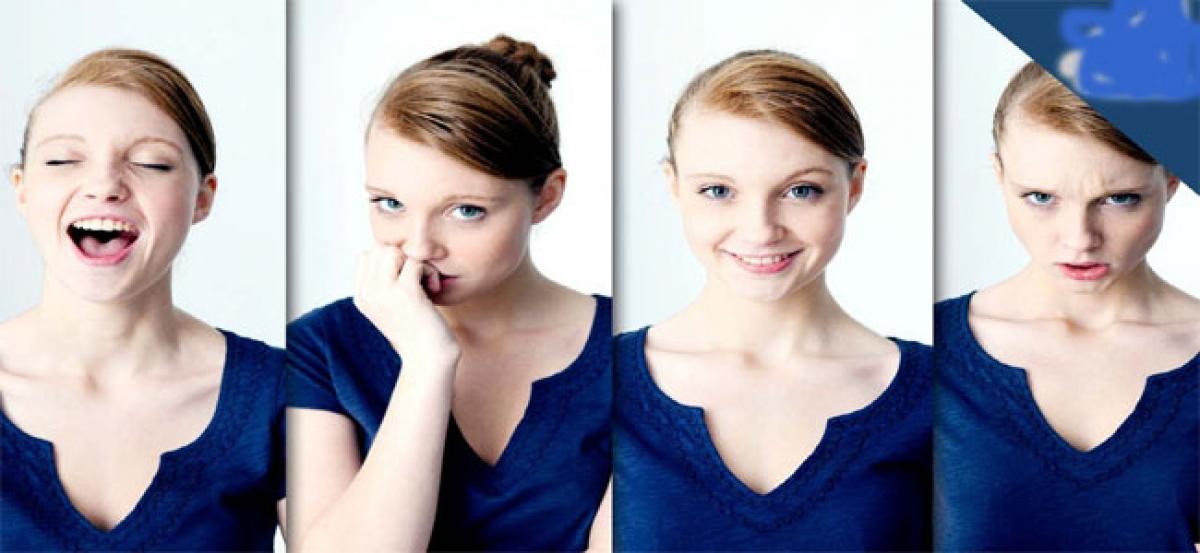Humans have 27 different types of emotions

Scientists have identified 27 distinct types of emotions, challenging a long-held assumption that our feelings fall within the universal categories of happiness, sadness, anger, surprise, fear and disgust. Using novel statistical models to analyse the responses of more than 800 men and women to over 2,000 emotionally evocative video clips,
Los Angeles : Scientists have identified 27 distinct types of emotions, challenging a long-held assumption that our feelings fall within the universal categories of happiness, sadness, anger, surprise, fear and disgust. Using novel statistical models to analyse the responses of more than 800 men and women to over 2,000 emotionally evocative video clips,
researchers at University of California, Berkeley (UC Berkeley) in the US identified 27 distinct categories of emotion and created a multidimensional, interactive map to show how they are connected. "We found that 27 distinct dimensions, not six, were necessary to account for the way hundreds of people reliably reported feeling in response to each video," said Dacher Keltner, a professor at UC Berkeley.
Moreover, in contrast to the notion that each emotional state is an island, the study found that "there are smooth gradients of emotion between, say, awe and peacefulness, horror and sadness, and amusement and adoration," said Keltner, senior author of the study published in the journal PNAS.
"We do not get finite clusters of emotions in the map because everything is interconnected," said Alan Cowen, a doctoral student in neuroscience at UC Berkeley.
"Emotional experiences are so much richer and more nuanced than previously thought," Cowen said. "Our hope is that our findings will help other scientists and engineers more precisely capture the emotional states that underlie moods, brain activity and expressive signals, leading to improved psychiatric treatments, an understanding of the brain basis of emotion and technology responsive to our emotional needs," he added.
For the study, a demographically diverse group of 853 men and women went online to view a random sampling of silent 5- to-10-second videos intended to evoke a broad range of emotions. Themes from the 2,185 video clips - collected from various online sources for the study - included births and babies, weddings and proposals, death and suffering, spiders and snakes, physical pratfalls and risky stunts, sexual acts, natural disasters, wondrous nature and awkward handshakes.
Three separate groups of study participants watched sequences of videos, and, after viewing each clip, completed a reporting task. Overall, the results showed that study participants generally shared the same or similar emotional responses to each of the videos, providing a wealth of data that allowed researchers to identify 27 distinct categories of emotion.
Through statistical modelling and visualisation techniques, the researchers organised the emotional responses to each video into a semantic atlas of human emotions. On the map, each of the 27 distinct categories of emotion corresponds to a particular colour.
"We wanted to shed light on the full palette of emotions that colour our inner world," Cowen said.














